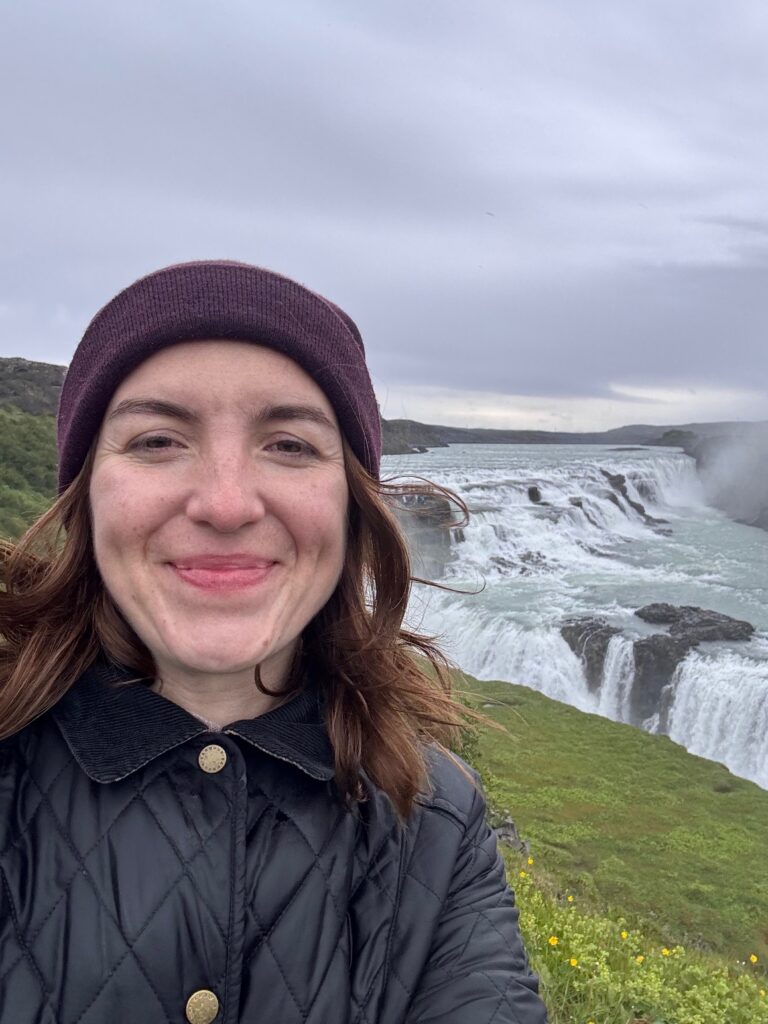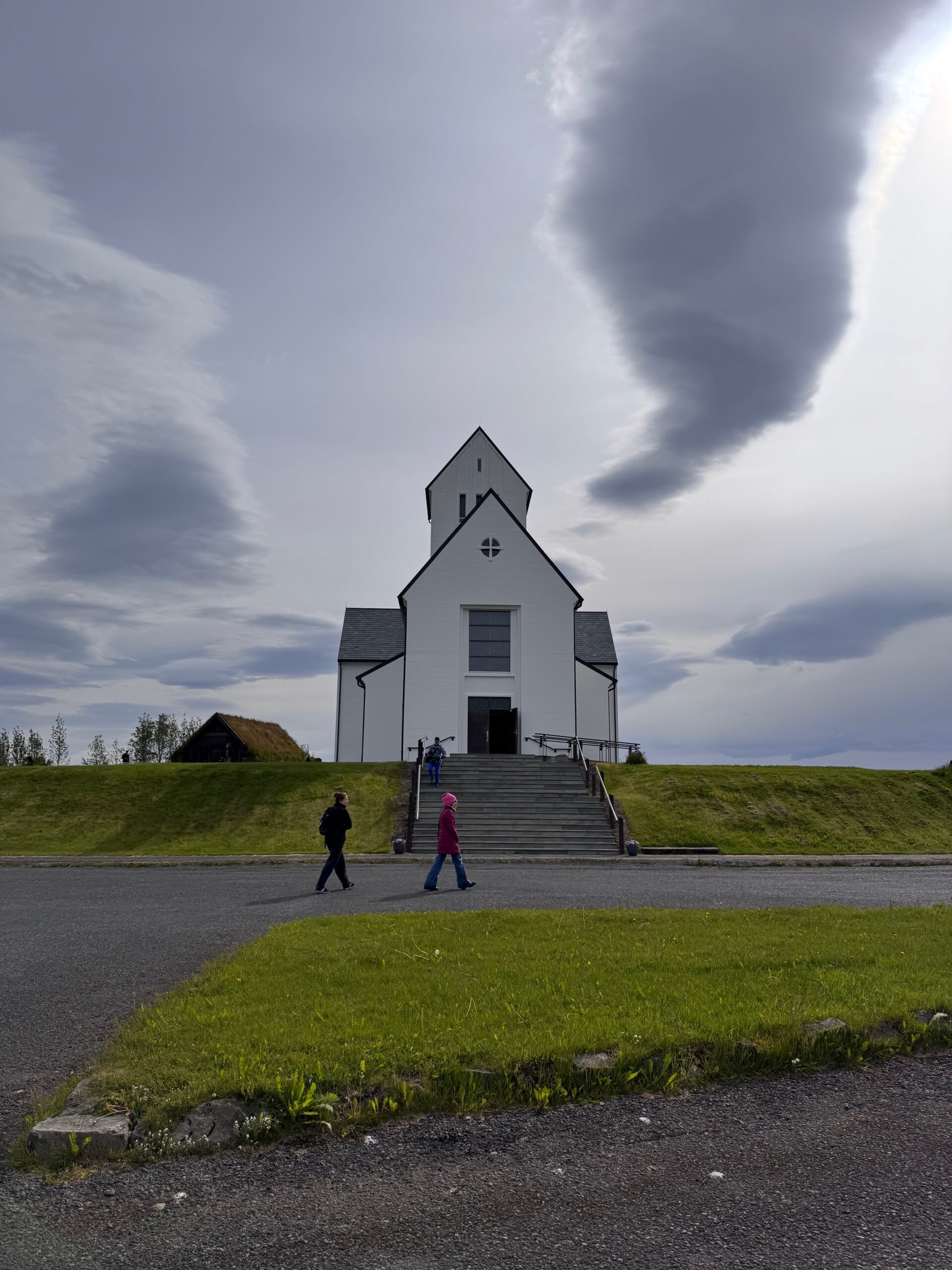Dr. Stefaniia Demchuk
Associate Professor, Taras Shevchenko National University of Kyiv
Venue: Árni Magnússon Institute for Icelandic Studies, Reykjavík, Iceland
Dates: 18–20 June 2025

In June 2025, supported by the YRI Research grant, I took part in the 8th International
Conference on Watermarks in Digital Collections, which directly relates to the objectives of
COST Action CA23137 with its particular focus on materiality, networks, and media.
Studying paper and watermarks as integral components of early modern textual culture
provides valuable insights into these processes.
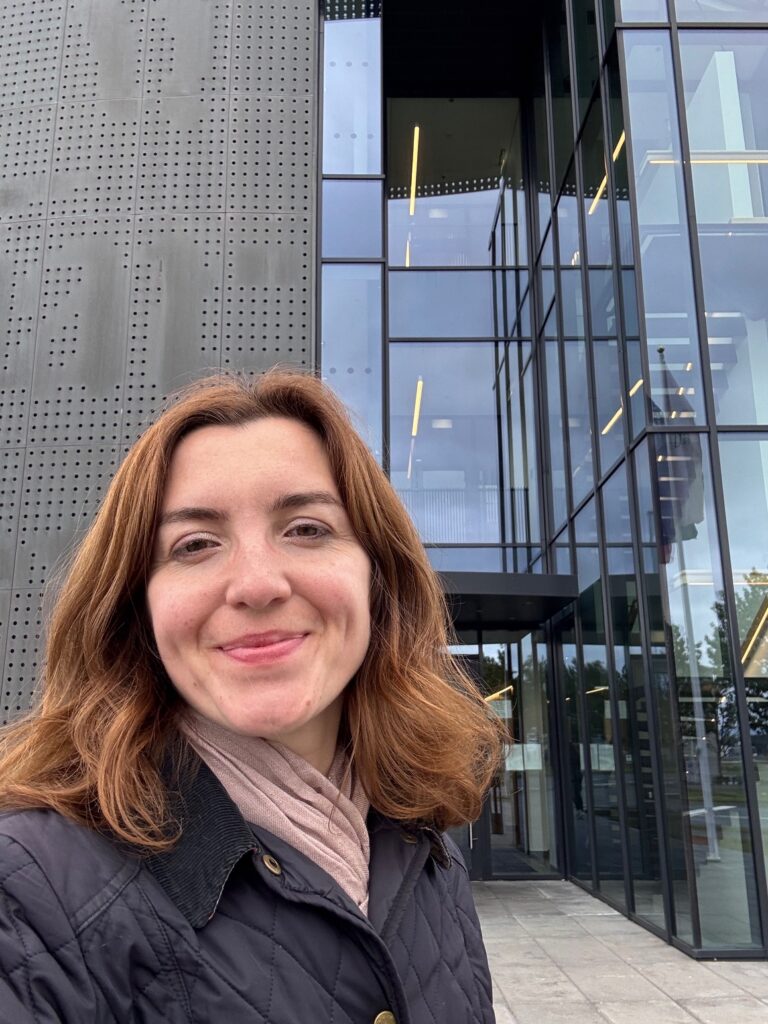
The Conference: Paper Stories and Digital Futures
Hosted by the Árni Magnússon Institute for Icelandic Studies, the conference gathered
scholars and specialists from Europe, North and South America, who are engaged in research
on the history of paper, watermarks, and digital humanities. The programme included
presentations on technological innovations in watermark detection and advances in database
construction, as well as specific case studies of manuscript and print collections in museums
and libraries.
During the conference, I had the opportunity to connect with other scholars, paper experts,
conservators and curators. Dr. Emanuel Wenger shared his experience in building a portal that
indexes multiple databases. Dr. Silvia Hufnagel and Dr. Beeke Stegmann presented their
research on watermarks in Icelandic manuscripts and printed works, tracing the routes of
paper imports from Hanseatic towns. Dr. Robert Erdmann introduced “Magic Eraser”, a tool
he developed using AI to denoise photographs of printed editions and manuscript pages. This
tool enhances the visibility of watermarks and allows for high-quality images suitable for
academic publication – without the need for specialised equipment.
Marie Benešová (Brno) presented her approach to cataloguing watermarks found in paper
disseminated in the Moravian region, using printed outlines of watermarks with
measurements on transparent foil to help date them. Given her focus on the material aspects
of paper production and distribution, I thought she might be interested in contributing to
Working Group 4 (Materialities). I approached her after the talk to introduce the COST
Action and encouraged her to consider joining one of the working groups.
A set of lectures delivered by Thomas Klinke (Germany), Rachel Hapoienu (England), Elisa
Albano, Aurora Belli, Gloria Boero, Chiara Palendri (Italy), Kimia Taghavy, and Sabine
Craft-Giepmans (the Netherlands) addressed the study of watermarked paper found in
drawings and prints held by various museums. These presentations showcased different
methodological approaches to documenting and analysing watermarks in works on paper,
highlighting the challenges of dating and attributing such objects. The speakers also
emphasised the importance of collaboration between curators, paper historians, and
conservation scientists, and pointed to several ongoing digitisation projects aimed at making
watermark data more accessible to researchers worldwide.
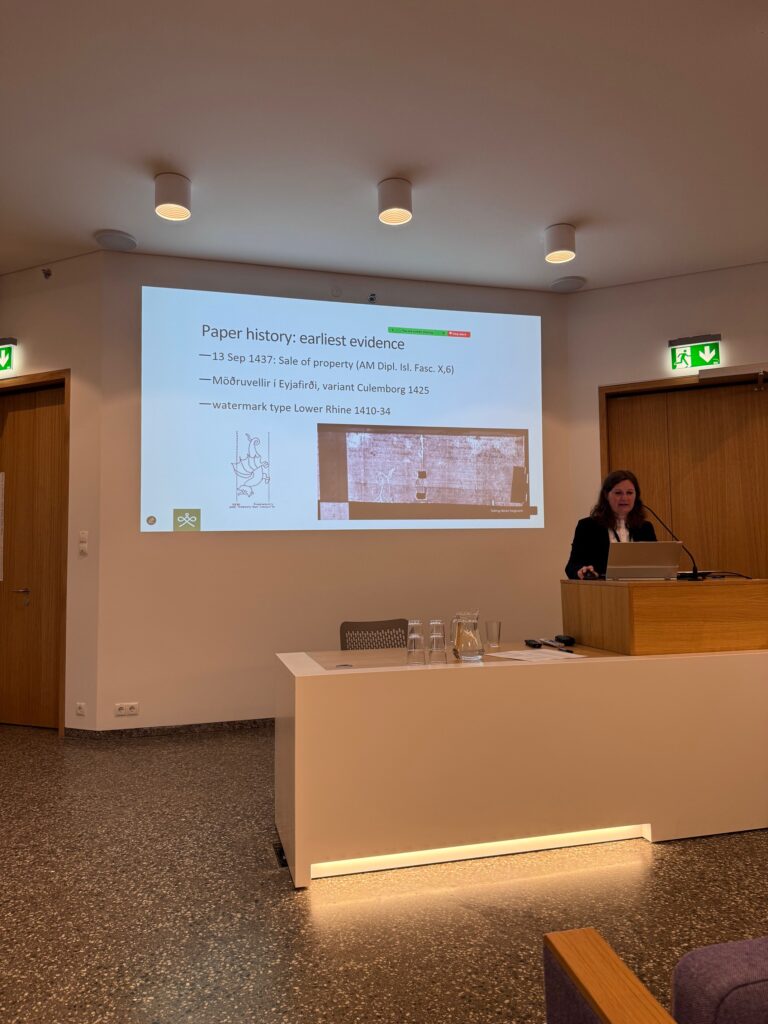
My Contribution: Paper, Prestige, and Recipe
My paper entitled “Paper, Prestige, and Recipes: Cataloguing Watermarks in Early Modern
Cookbooks” examined watermarks preserved in early modern culinary manuscripts as
indicators of both economic and cultural value. Through the identification and comparison of
watermark types across various collections, the research demonstrates how the circulation
and selection of paper reflected the social prestige associated with particular literary genres,
even those belonging to everyday or domestic writing practices. The paper further argued for
the inclusion of watermark metadata in open digital catalogues, stressing the importance of
interoperability and accessibility principles. After my presentation, I received valuable
feedback from colleagues. In particular, Luisa Martinez Leal (Mexico) and Beeke Stegmann
(Iceland) pointed out early modern gastronomic manuscripts from Mexican and Icelandic
origins that could be incorporated into the database I have been developing.
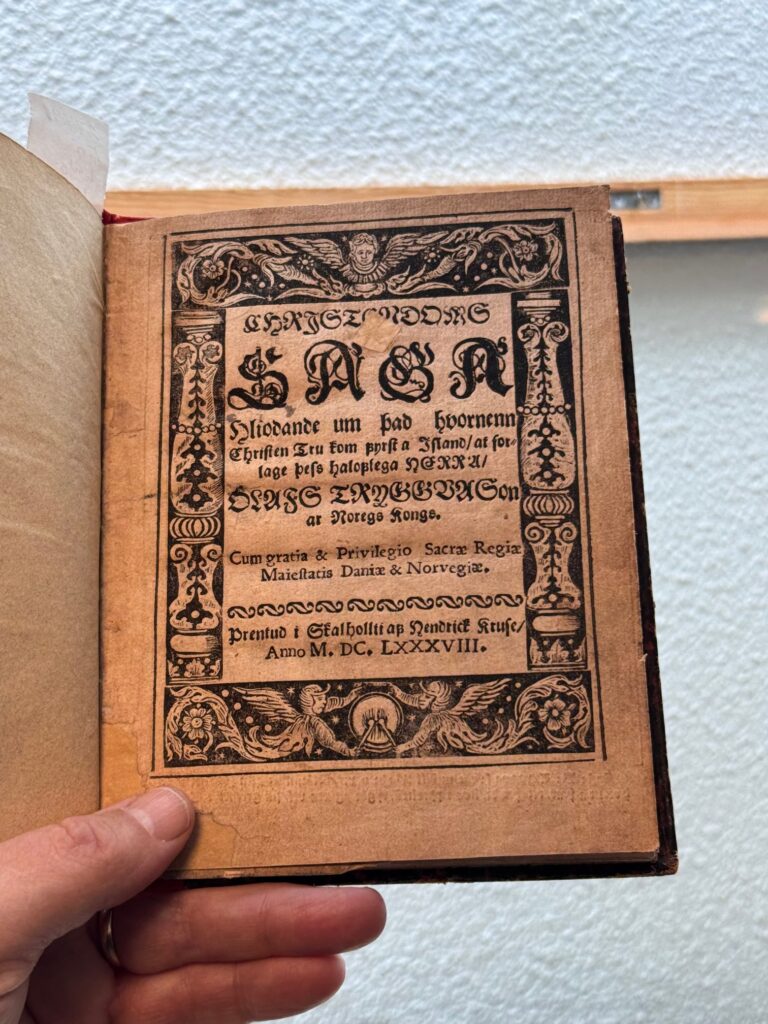
Strengthening the Visibility and Reach of CA23137
Through its focus on the intersection between material analysis and digital cataloguing, the
event provided an important platform for discussing how technical and archival approaches
can reshape our understanding of textual transmission, authorship, and readership in the early
modern period. These discussions closely align with the methodological goals of PCPS CE,
which encourages cross-disciplinary research that links material evidence to broader
communicative and cultural patterns.
In addition to the formal presentations, the conference provided valuable opportunities for
professional networking and interdisciplinary dialogue. Participants attended a curated
exhibition of Icelandic manuscripts, several informal discussion sessions, and a one-day
excursion to Þingvellir and Skálholt. These interactions provided space for exchanging
research experiences and exploring potential future joint initiatives, particularly in the field of
digital watermark cataloguing and comparative studies of paper usage in Central European
contexts.
Taking part in this conference was a decisive step in advancing my research on watermarks.
It enabled me to expand my professional network, establish partnerships for the COST Action
and related follow-up projects, and contribute to the development of databases for both
manuscript and printed culinary sources. It also facilitated meaningful comparative analysis
of watermark dissemination patterns across Western and East-Central Europe.
More generally, my participation strengthened the visibility and interdisciplinary reach of the
CA23137, fostering new collaborations, attracting emerging scholars to the Action, and
advancing its objectives of connecting material, historical, and digital research approaches
across Europe.
